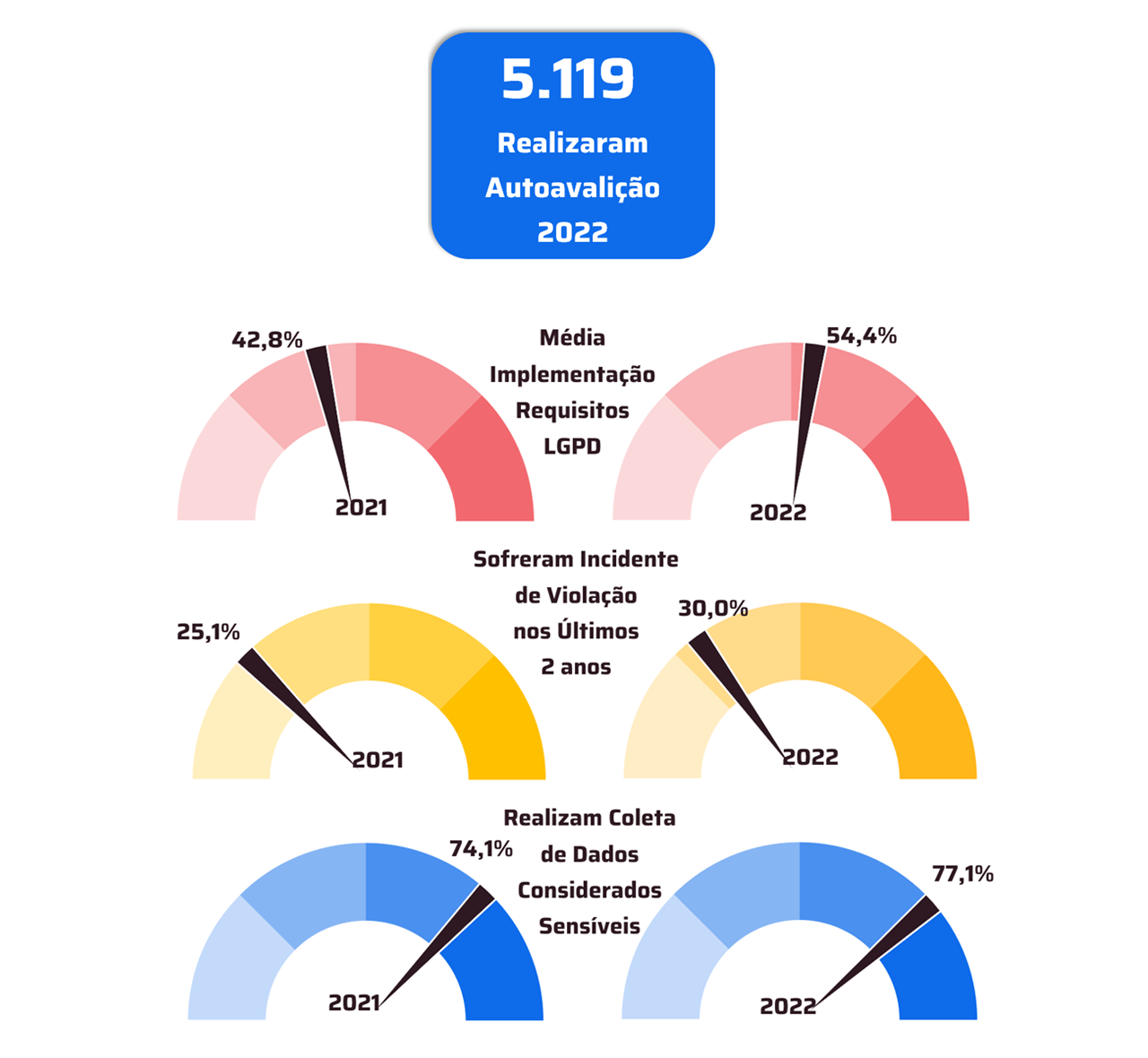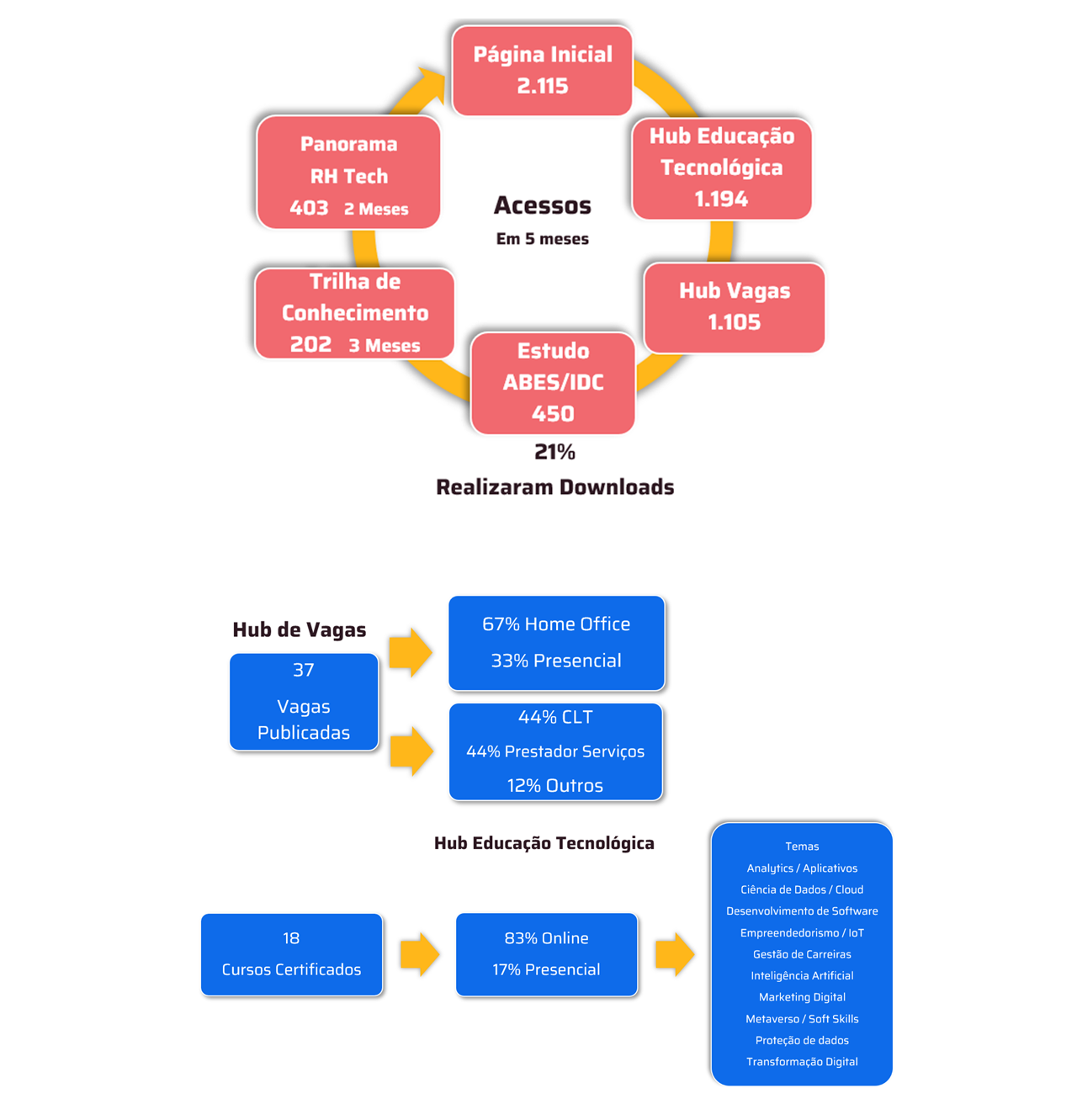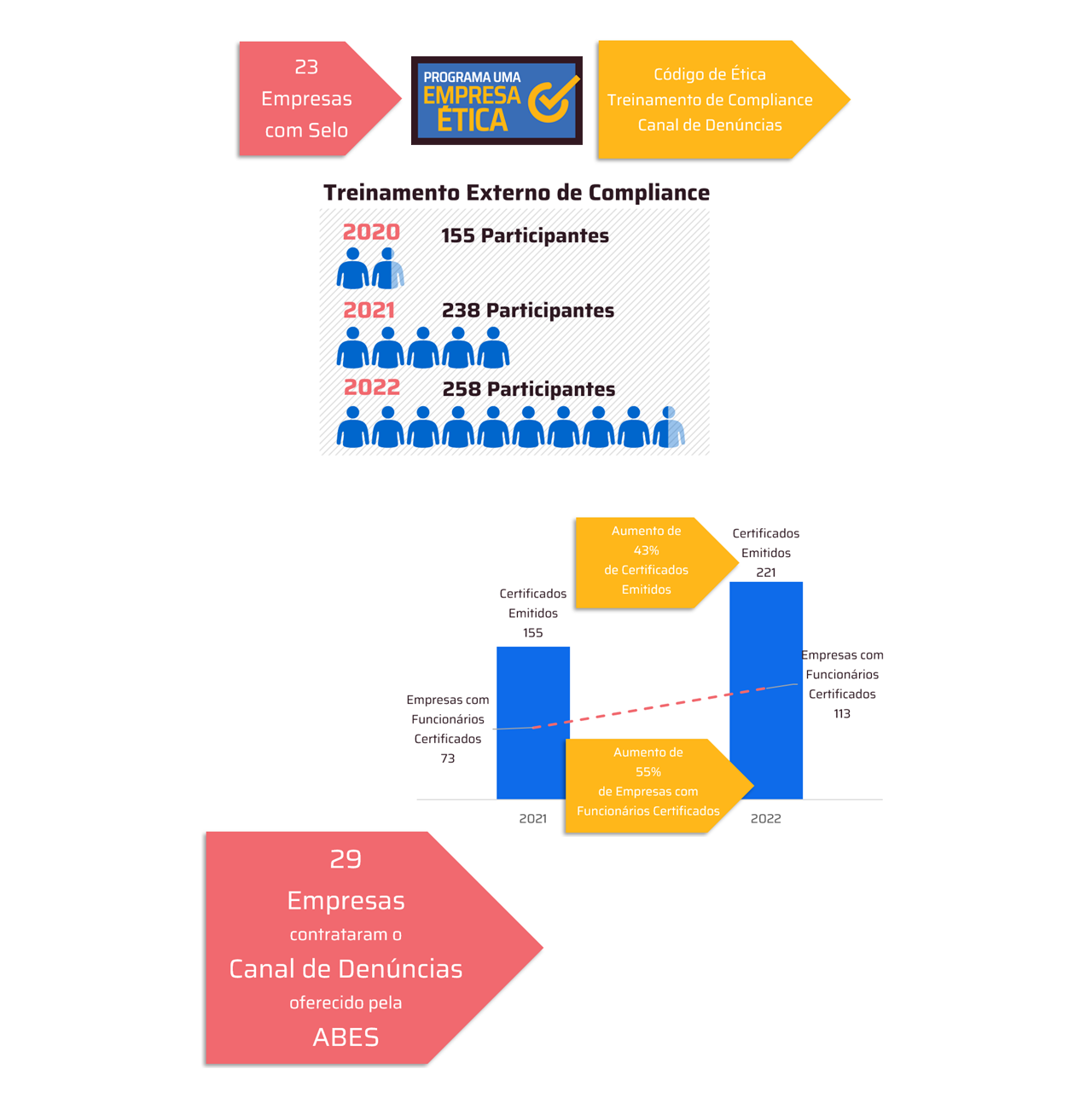Innovative companies are those that adopt AI before their competitors, taking risks and having the potential to shape the market and lead in innovation.
 *Per Natalia Marroni Borges
*Per Natalia Marroni Borges
The adoption of artificial intelligence (AI) is becoming a strategic issue for companies seeking to remain competitive in a dynamic market environment. For executives, it is important to clearly understand and define how they want to position their organizations in relation to the technology and, based on this, begin to structure solid strategies that enable – and, ideally, drive – this positioning to materialize. Everett Rogers’ Diffusion of Innovation theory offers a useful and well-known framework for classifying companies in relation to the timing of innovation adoption, dividing them into categories such as innovators, early adopters, early majority, late majority and laggards. These classifications were then adopted to specifically observe the adoption of artificial intelligence.
In general, innovative companies are those that adopt AI before their competitors, taking high risks but with the potential to shape the market and lead in innovation. Early adopters follow soon after, taking advantage of the lessons learned from the pioneers to minimize risk and increase efficiency. The early majority wait until the technology is more mature, adopting it when there are concrete examples of success, while the late majority wait for AI to become a widely accepted market standard, avoiding risks. Finally, laggards adopt AI only when they are forced by market demands, without actively pursuing innovation.
Much more than understanding these categories, what is really relevant in the current context – in which AI is consolidating itself as one of the main technologies that shape continuous transformations – is that executives are clear about where they want to position their companies. Although, on many occasions, this may be an unintended result (in which the positioning of companies is a consequence of how they are organized, and not the other way around), the truth is that, especially when it comes to artificial intelligence, due to its disruptive potential, conscious reflection on the part of leaders is important. Defining where the company wants to be in relation to technology will allow executives to formulate effective strategies to achieve this goal.
Table 1 – AI Adoption Categories
| Category | Description | Benefits | Scratchs |
|---|---|---|---|
| innovators | Companies that adopt AI first shape the market and take greater risks. Ex: Google, Tesla. | Ability to shape the market, pioneering and development of strategic internal capabilities. | High cost, uncertainty regarding results, complexity of implementation and cultural changes. |
| Early Adopters | Companies that follow innovators, with lower risk, implementing already tested use cases. | Efficiency and competitiveness gains with lower risk. | High cost and uncertainty in return on investment. |
| Early Majority | Companies that adopt AI after examples of success and technological maturity, focusing on efficiency. | Greater predictability in ROI, based on proven use cases. | Loss of differentiation and dependence on external suppliers. |
| Late Majority | Companies that adopt AI only after the technology becomes an accepted standard, focusing on process optimization. | Security in financial return with few risks. | Loss of opportunities for innovation and differentiation. |
| Latecomers | Companies that adopt AI only when it is necessary for survival risk being left behind. | Survival in the market. | Falling behind competitors, damaging market position and making it difficult to adapt to new technological demands. |
Clearly, each of these positions implies different levels of risk and reward, and companies need aligned organizational structures to maximize the benefits of their choice. In other words, after actively defining the positioning one wishes to occupy, actions and adaptations are necessary to make this objective viable. The table above helps to better understand each of the categories and their implications.
As companies define their strategic positioning for AI adoption, this choice must be accompanied by a series of organizational actions that ensure the successful implementation of the technology. Each adoption profile—be it innovator, early adopter, early majority, late majority, or laggard—involves specific needs and challenges that require adaptations in both governance and internal operations. Below, we explore some practical steps that companies should consider when aligning with these profiles, highlighting how compliance, human resources, and IT departments can collaborate to create a robust framework that supports AI strategy by establishing a clear link between strategic positioning and concrete actions that sustain this transformation.
Companies that want to be innovative in their use of AI may want to consider preparing their operations in a robust and proactive manner, given that early adoption of the technology involves risks. Legal and compliance departments, for example, can play an important role in developing frameworks that help the company manage calculated risks while navigating the regulatory uncertainties that come with emerging technologies. In parallel, HR departments can focus on identifying and developing AI-skilled talent before these skills become widely available in the market. The company may therefore benefit from a more agile approach to building teams with expertise in areas such as machine learning, data science, governance, AI strategy, and ethics.
Furthermore, fostering an organizational culture that values experimentation and tolerates controlled failure can be a strategy for companies that seek to shape the market—rather than follow it. Leadership in this context can encourage an openness to risk and continuous innovation. While a willingness to tackle the complexity of AI implementation can position these companies at the forefront, it is always important to consider the balance between the potential gains and the risks involved.
For early adopters who follow innovators closely, the risks may be lower but still relevant. Like innovators, these early adopters can benefit from an integrated approach to compliance and talent management. However, for these companies, it is especially important that AI use is aligned with medium- and long-term strategic objectives. This alignment can justify early investments in AI projects, and therefore ongoing collaboration between IT and business can facilitate the identification of AI applications that have a direct impact on operations.
Establishing strong governance that balances innovation with risk mitigation can be a game-changer at this stage. With more market information available than innovators, early adopters can develop clear policies for evaluating and prioritizing projects. In addition, a scalable IT infrastructure that is prepared to rapidly integrate innovations can be a key factor, especially in business areas where AI has the greatest potential to add value.
For companies in the early majority, a more pragmatic approach may be appropriate. Conducting detailed return on investment (ROI) studies and validating market best practices before implementing AI can help minimize risk and ensure more immediate gains. These companies may prefer to take a more cautious approach, carefully managing collaboration with external AI vendors to ensure adequate technical support without compromising strategic autonomy. HR also plays a central role at this stage, ensuring that existing employees are up-to-date on new technology, while hiring new talent if necessary to fill skills gaps. The transition to AI can be planned in a way that keeps the company competitive and productive, without major disruptions.
For companies that are late adopters of AI, the focus tends to be on operational efficiency and automating established processes. The priority here is usually to maximize productivity without causing significant disruptions. Implementing AI can be seen as an opportunity to optimize existing operations, with moderate investments and more predictable returns. Another important factor to be considered in late adopters is the relationship with suppliers – since these companies tend to rely more on external solutions and therefore need to balance the cost-benefit ratio.
Finally, latecomers, who adopt AI when it becomes a necessity for survival, can focus on some strategic areas that involve continuous monitoring of the market and competition – essential to identify the right time to adopt the technology. A constant analysis of risks and opportunities can allow for quick reactions when market pressure increases. In addition, for these companies, strengthening existing competitive advantages can help them prepare to react quickly to market changes. And finally, a focus on risk management, with mapping the potential impacts of not adopting AI, can help these companies respond, even reactively, to the threats and opportunities that arise.
Often, companies’ strategic positioning regarding the adoption of new technologies is not an active choice, but rather a consequence of how they are structured. However, when it comes to AI, it is essential that companies consciously define where they want to position themselves in order to structure the actions necessary to achieve their goals with the technology. By making this choice deliberately, executives can prepare their organizations to deal with the challenges and maximize the benefits that AI can bring, avoiding its adoption being something reactive and improvised.
AI, as a concept, is extremely broad and encompasses a wide range of solutions. Use cases such as chatbots in customer service have already become commonplace, while the use of generative AI for customer interactions is still relatively new. This distinction is important in understanding how a company should position itself. Executives need to consider not only the maturity of the technology, but also the specific use case, when making decisions about how innovative or cautious they want to be.
Being clear about where a company wants to position itself is the way to avoid passively reacting to the transformations brought about by AI – which can compromise its competitiveness in the long term. Even if a reactive approach is chosen, it is important that this is a well-informed strategic decision, and not a consequence of a lack of reflection on the topic. Companies that can align their positioning with a well-planned adoption strategy will be in a better position to capitalize on the opportunities offered by AI. Innovators take high risks and have the chance to shape the market, but they need a robust framework to deal with uncertainty. Early adopters, although less exposed, still face significant challenges and need solid governance. The early majority enjoys the security of proven use cases, but loses the ability to differentiate itself. The late majority focuses on operational efficiency, while laggards adopt AI as a matter of survival. In this sense, each position demands a different approach from companies and it is up to executives to define, strategically, intentionally and proactively, the path to be followed.
*Natália Marroni Borges is a researcher at the ABES Think Tank, a member researcher at the IEA Future Lab group (linked to the Federal University of Rio Grande do Sul – UFRGS), a postdoctoral fellow in Artificial Intelligence and Foresight and a professor at UFRGS.
Notice: The opinion presented in this article is the responsibility of its author and not of ABES - Brazilian Association of Software Companies
Article originally published on the IT Forum website https://itforum.com.br/colunas/incorporando-ia-estrategias-organizacionais/













